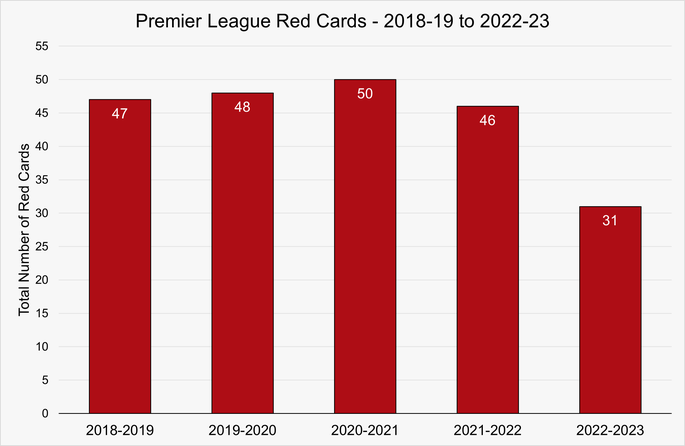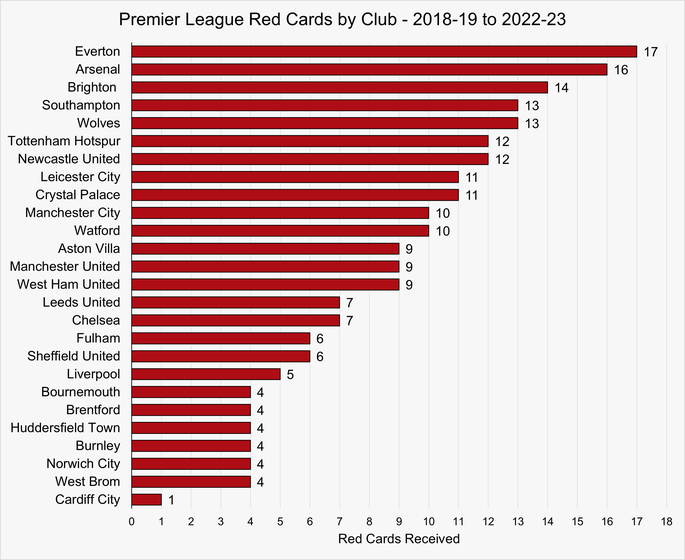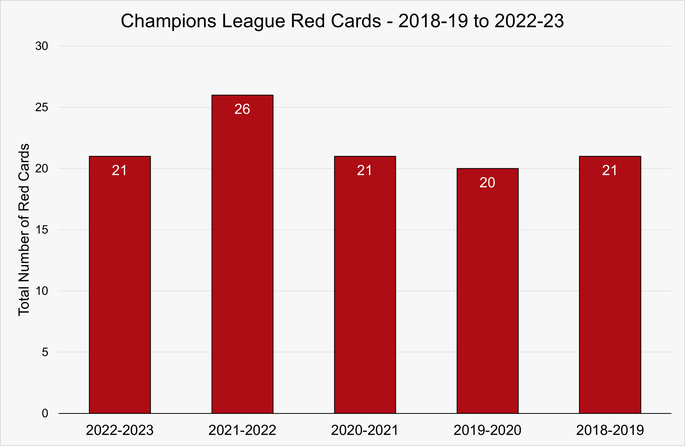 As Gary Lineker once said, “Football is a simple game. Twenty-two men chase a ball for 90 minutes and at the end, the Germans always win.” Obviously that was tongue-in-cheek from the former England striker, but the reality is that football is actually quite simple to understand. Each team has 11 players, with the ability to change any of those players for those that start the game on the substitute’s bench. The aim is to score more goals than you concede in order to win the match. How each team approaches each game in terms of tactics and plans is what makes it exciting.
As Gary Lineker once said, “Football is a simple game. Twenty-two men chase a ball for 90 minutes and at the end, the Germans always win.” Obviously that was tongue-in-cheek from the former England striker, but the reality is that football is actually quite simple to understand. Each team has 11 players, with the ability to change any of those players for those that start the game on the substitute’s bench. The aim is to score more goals than you concede in order to win the match. How each team approaches each game in terms of tactics and plans is what makes it exciting.
Then there is the wild-card factor of the match referee, whose job is to ensure that the players on each side are obeying the rules of the game. If they are not, they can be shown a yellow card as a disciplinary action, with two yellow cards equalling a red card and a red card requiring the player to leave the pitch. At this point, they cannot be replaced by any of the players on the substitute’s bench. Instead, their team will play with one fewer player than they had at the start of the match, meaning that it will be more difficult for that team to win or even draw the match.
Quick Answer: How Often Is a Red Card Show?
In the five Premier League seasons between 2018-19 and 2022-23, there were a total of 222 cards shown, averaging one every 8.6 games. During this time, the 2020-21 season had the most reds with 50. The fewest was the 31 red cards shown during the 2022-23 season.
In the Champions League (group stage onwards), there were 109 red cards produced across this same five season spell, averaging out at one for every 5.7 games.
Why Red Cards Matter

By Daniel, flickr
Red cards can be crucial to the outcome of a football match. They hold significant importance as they have a profound impact on the dynamics and outcome of the game. A red card is typically shown by the referee to a player for committing a serious offence or for accumulating multiple yellow cards during the course of the match, with the outcome being that their teammates are a person down between the moment that it is shown and the end of the game. This results in an imbalance in terms of numbers on the field.
Playing with a numerical disadvantage can significantly affect a team’s ability to defend, attack and to maintain control of the game. In most competitions, when a player is sent off with a red card, their team is not allowed to substitute another player in their place. This means that the team will have to continue playing with fewer players for the remainder of the match. Losing the ability to make substitutions can be detrimental, especially in situations where a team may want to make tactical changes or replace an injured player, meaning that the could end up with even fewer players on the pitch.
A red card often forces teams to adjust their tactics and game plan. The team with ten players may choose to adopt a more defensive approach, for example, focusing on maintaining a solid defensive structure and relying on counter-attacks. Conversely, the opposing team may take advantage of the numerical superiority and adopt a more attacking style of play to exploit the gaps left by the reduced team. On top of that, a red card can have a significant psychological impact on both teams. The team that receives the red card may experience a sense of frustration.
On the other hand, the team with an advantage in numbers may gain a confidence boost, feeling more empowered to dominate the game and push for a victory. All of this matters when it comes to the bets that you might choose to place on a game. It isn’t just betting on whether or not there will be a red card that matters, although that is obviously the market that will face the most immediate difference in terms of bookmakers paying out on it. It is also the likes of scoreline and any associated bets, such as Handicap wagers and the Over / Under that might take a hit.
The Main Bets On Red Cards
Whilst virtually every bet on the football market is likely to be influenced by the fact that a red card has been shown in a match, from the Match Result through to the Next Goal Scorer bets, the main ones that you’ll want to look out for if you have a feeling that a match might contain a red card are as follows:
- Red card in match?
- Red card for home team?
- Red card for away team?
- Red card in 1st half?
- Red card in 2nd half?
- Booking Points
Those are the main markets that you’ll want to keep an eye out for when it comes to placing a bet on the likelihood of a red card being shown during the 90 minutes of a football match.
How Often Are There Red Cards The Premier League?
In order to get a sense of how common it is for red cards to be shown in football matches, it is worth having a look at the number of red cards that are shown to teams during a Premier League season. The English top-flight is typically thought of as being something of a blood and thunder division, with its fast-paced nature perhaps lending itself to red cards being shown on a regular basis. What confuses matters slightly is the fact that the referees that take charge of the Premier League are poor, meaning that there is often a lack of consistency around decision-making.
Here is a look at five seasons’ worth of red card data, focussing on the total number of cards shown over the course of the 380 games that are played:

Across the course of 1,900 matches, then, we know that 222 red cards were shown. That works out as a red card every 8.6 matches. It also means that 11.7% of matches played in the Premier League has had a red card involved in it between the 2018-2019 campaign and the conclusion of the 2022-2023 season. In other words, if you’re thinking of betting on there being a red card in a game then it is worth remembering that there are ten matches per game week, meaning that you’re likely to see at least one red each week.
Do Some Clubs Get More Red Cards Than Others?
There might well be an instinct to assume that clubs at the bottom of the league are more liable to end up with players sent off. That makes complete sense when you consider the fact that they are fighting to stay in the division and are more likely to be under the cosh than those that are vying for the top honours. Of course, assumptions make fools of us all, so it is worth having a look at which clubs have suffered the most red cards during the period of time that we’re looking at:

When you look at the table like that, you can see that there isn’t a huge amount of rhyme or reason as to why teams might be shown red cards. After all, Manchester City and Liverpool went toe-to-toe for the title during the period of time in question and one of them received 10 red cards and the other side 5. Arsenal and Brighton & Hove Albion were reasonably settled sides in the top-flight at that time but received 16 and 14 reds respectively, whilst Leeds United and Everton were constantly battling relegation but saw 7 and 17 red cards during the same period.
In other words, it is as much about the individual club’s disciplinary record and their players as it is about the Premier League in general or the state of the division during any given season, which obviously makes it tricky to think how to bet on red cards during specific matches.
Champions League
Having looked at England’s top-flight, it is worth having a quick look at Europe’s premier competition to see how things compare. The Champions League is the most prestigious club competition that there is, which is why it is an interesting one to look at in comparison to the Premier League. Here is the same period of time between the 2018-2019 season and the 2022-2023 campaign to give us a sense of how many red cards were shown to players over the years:

Across the course of the five seasons that we’ve been looking at, there were 625 games played. During those matches, there were 109 red cards shown. That means that there was a red card shown every 5.7 matches across the period of time that we’ve been looking at. It means that around 17.4% of games will have seen a red card shown in them during the Champions League.
One thing that is worth bearing in mind is that we are looking strictly at the Champions League proper. In other words, we are not looking at the qualifying matches in the competition, instead focussing on the matches from the group stage onwards. In terms of how many games there are per round of the competition, it breaks down as follows:
| Champions League Round | Matches Played |
|---|---|
| Group Stage | 96 |
| Round of 16 | 16 |
| Quarter-Finals | 8 |
| Semi-Finals | 4 |
| Final | 1 |
Do bear in mind that this will not be the case for the 2024-2025 season onwards, which is the point at which the new structure to the Champions League comes into effect.
